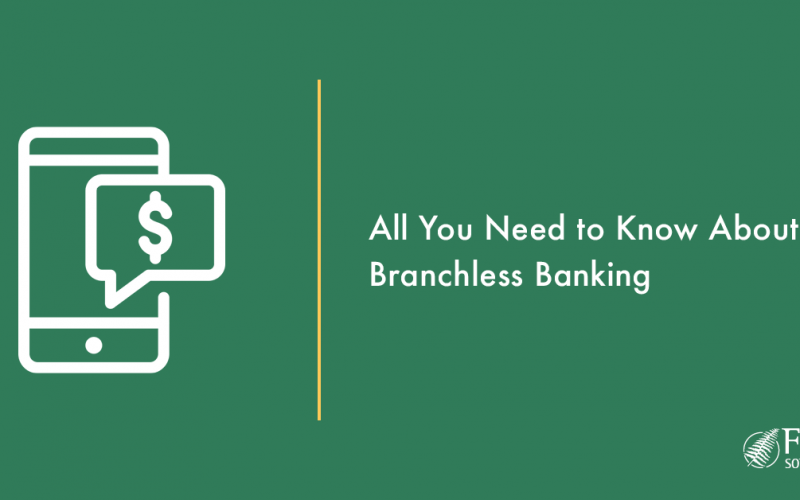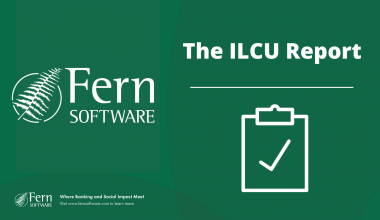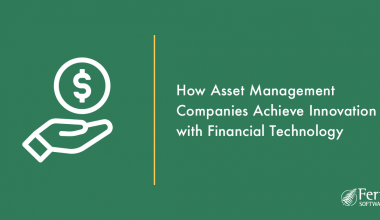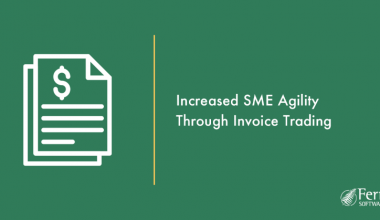The internet is among the greatest boons to humans. In the past few years, it has turned the world into one extensive marketplace with real-time communication. The internet has left a significant impact in all sectors, adding convenience to every spectrum of our daily lives. Financial services, particularly, have benefited immensely.
What Does Branchless Banking Entail?
In the current era of computers and smartphones, more people don’t have to visit the bank to get financial services. Banks now leverage the efficiency offered by advanced technology and devices to provide their services remotely.
The meaning is just as it sounds – accessing banking facilities without being at the bank hall. Banks use this method to deliver financial services outside the traditional bank branches. To achieve this, they use communication technology and agents. POS (point of sale) terminals and mobile devices are the crucial vehicles that facilitate the delivery of branchless banking services.
Right from their mobile phones, customers can complete financial transactions like withdrawal, deposit, payments, fund transfer, and other utility bills. They can also conduct non-financial transactions, such as the statement of transactions and balance inquiries.
Establishing a bank branch in remote villages is neither profitable nor feasible. Furthermore, the literacy level and education standards of the rural population isn’t as promising. So credit unions, MFIs, and community banks serving low-income markets with vast rural areas leverage this approach to beat the inaccessibility.
How Branchless Banking Impacts Low-Income Countries
Branchless banking in low-income populations allows for financial inclusion among urban and rural communities. The benefits of this approach include:
Provision of Economic Support to The Needy
Branchless banking offers members of the lowest social strata to beat the day to day financial hurdles that make them vulnerable. It allows them to receive funds, borrow, and save some cash conveniently and securely in a reliable, regulated banking environment.
Credit Support
Initially, low-income borrowers relied on informal channels to source credit, which made them dependent and vulnerable. Branchless banking offers financial inclusion, which provides opportunities for the rural and poor populations to access credit at reasonable terms. This way, they can foster entrepreneurial development and fund their aspirations.
No More Exclusion
Customers in rural, low-income areas are likely to be excluded bycredit scoring systems to distinguish the ‘bad’ and ‘good’ borrowers. They consider factors such as income level, bad debts, how you run the account. Branchless banking is turning things around in these communities. The role of determining the debt risk is now for the local branch managers or agents. They use their daily knowledge to ascertain the bad and acceptable risk.
It Facilitates Direct Payments
Branchless baking also offers a reliable and safe payment channel for low-income governments to provide welfare programs and public subsidies. Thanks to branchless banking’s financial inclusion, the cash can be delivered to the specific beneficiaries directly. The strategy has been well-received since it helps cut on system leakages and misappropriations.
Key Takeaway
Branchless banking continues to benefit customers in both urban and low-income rural communities. The services are accessible and are offered conveniently. Operating costs are also lower; hence the financial facilities can offer highly competitive interest rates.






